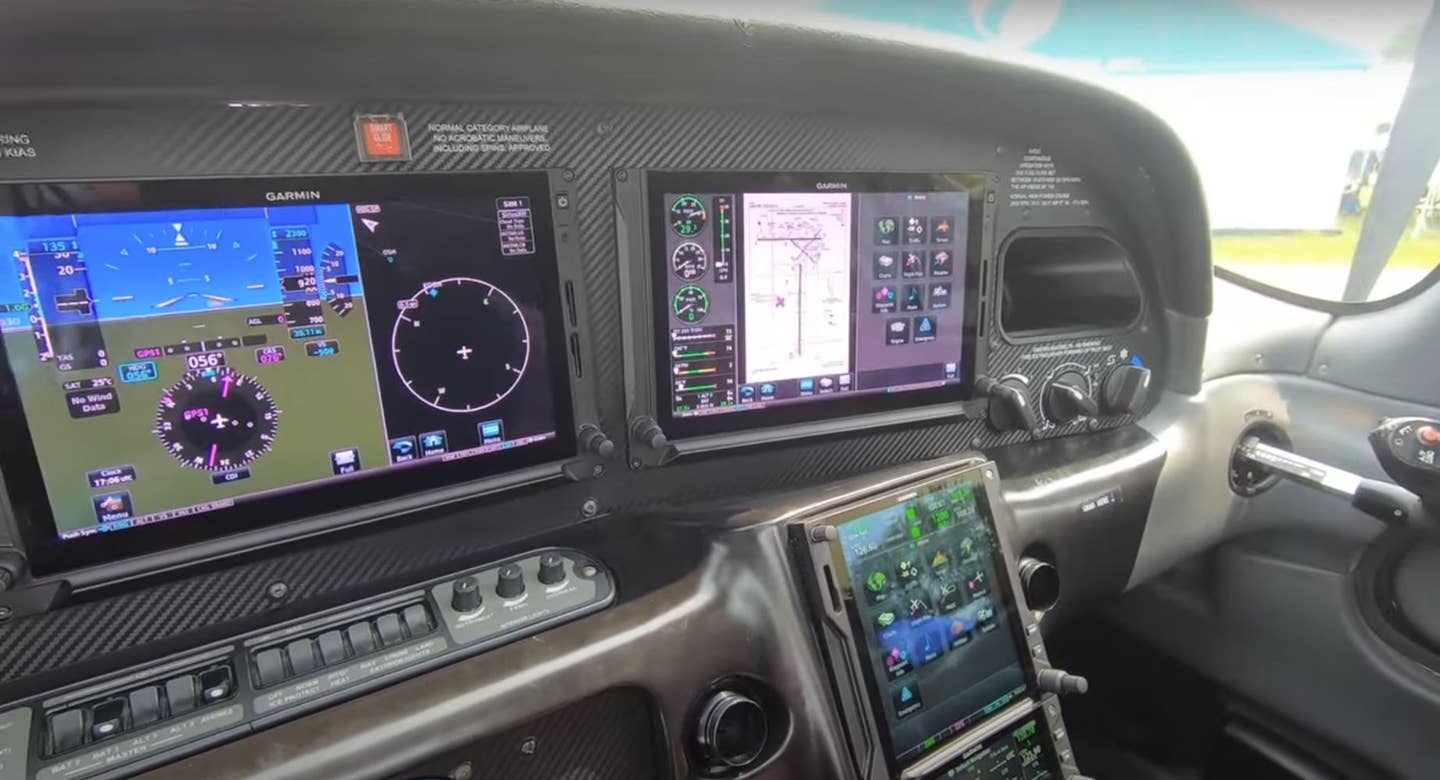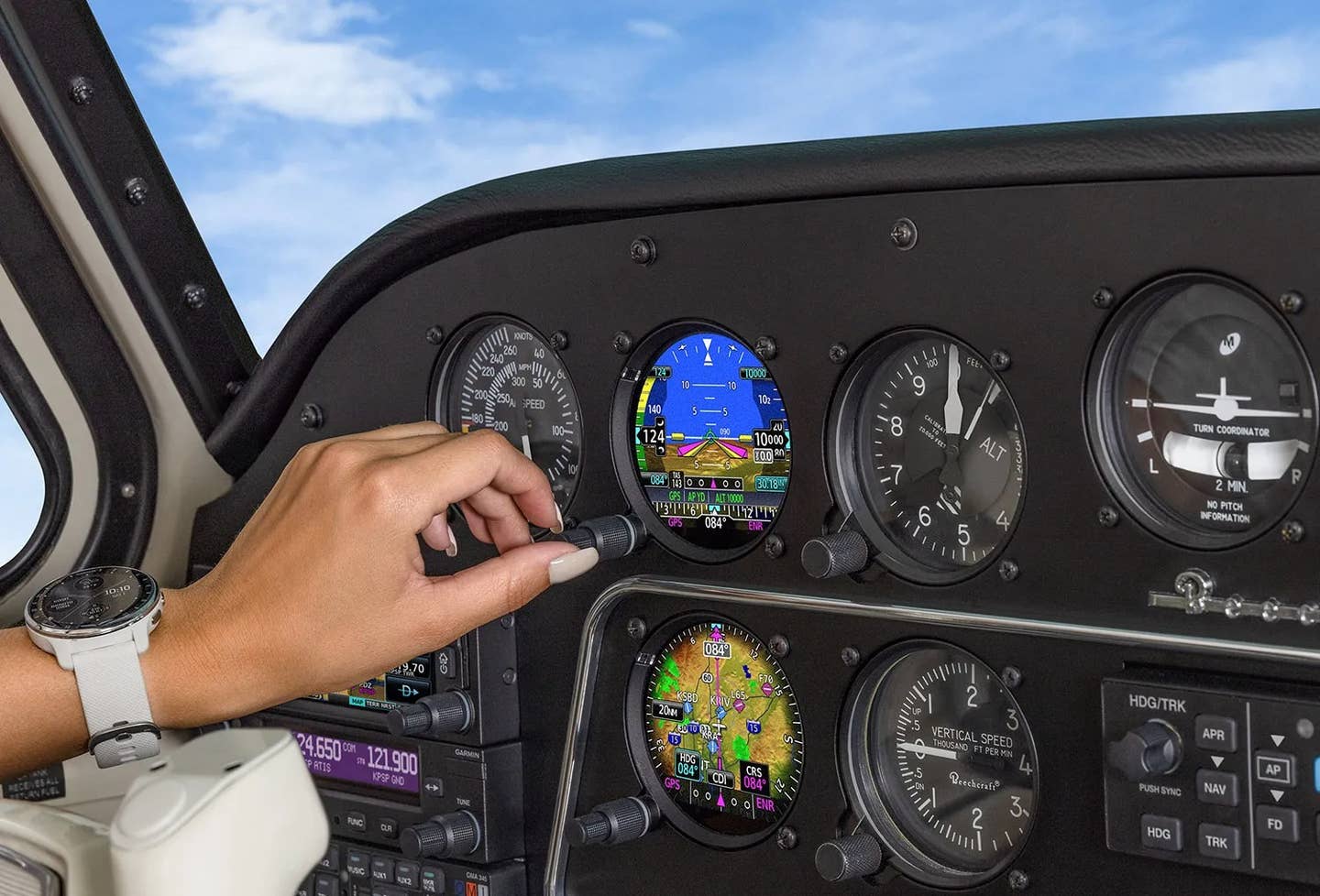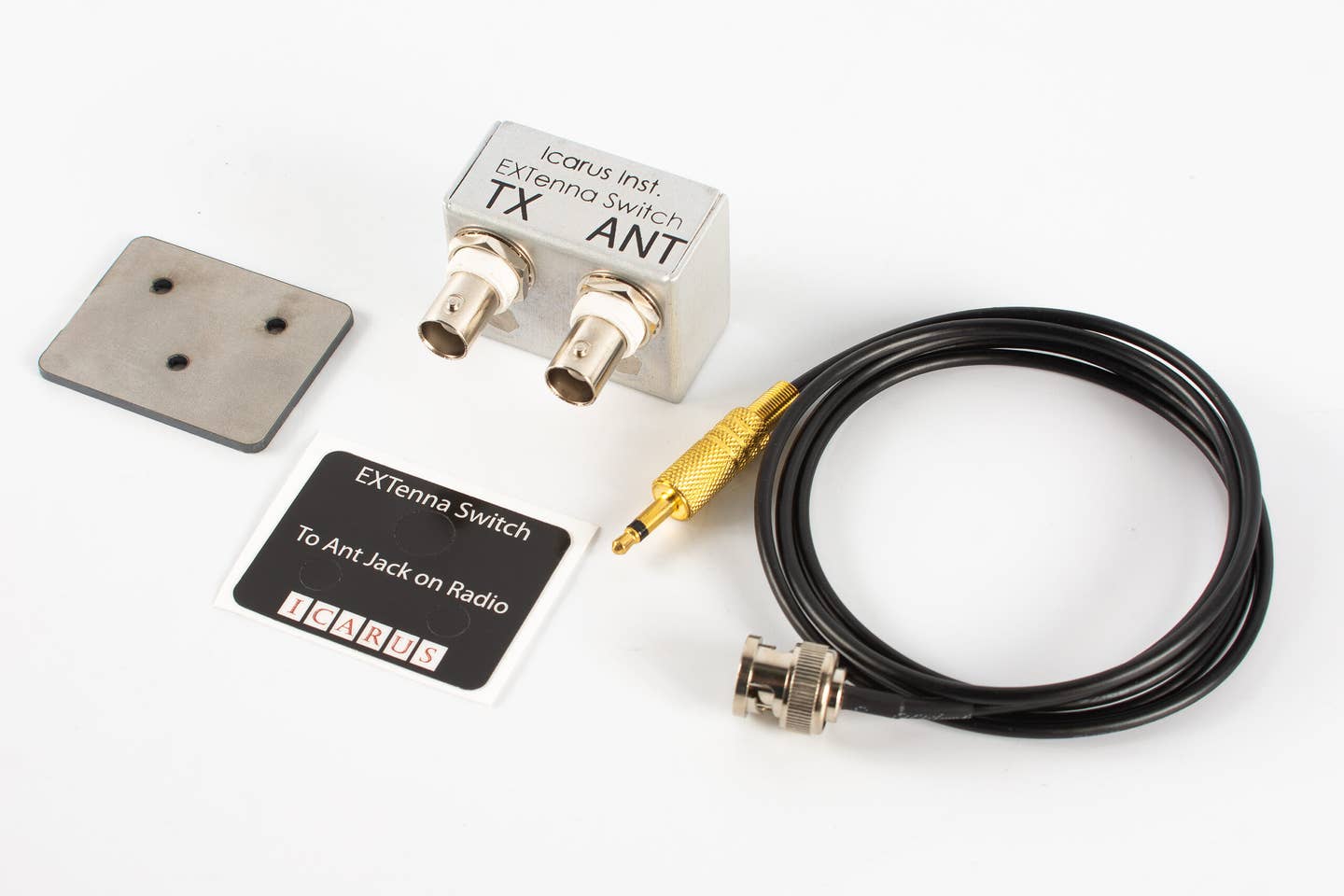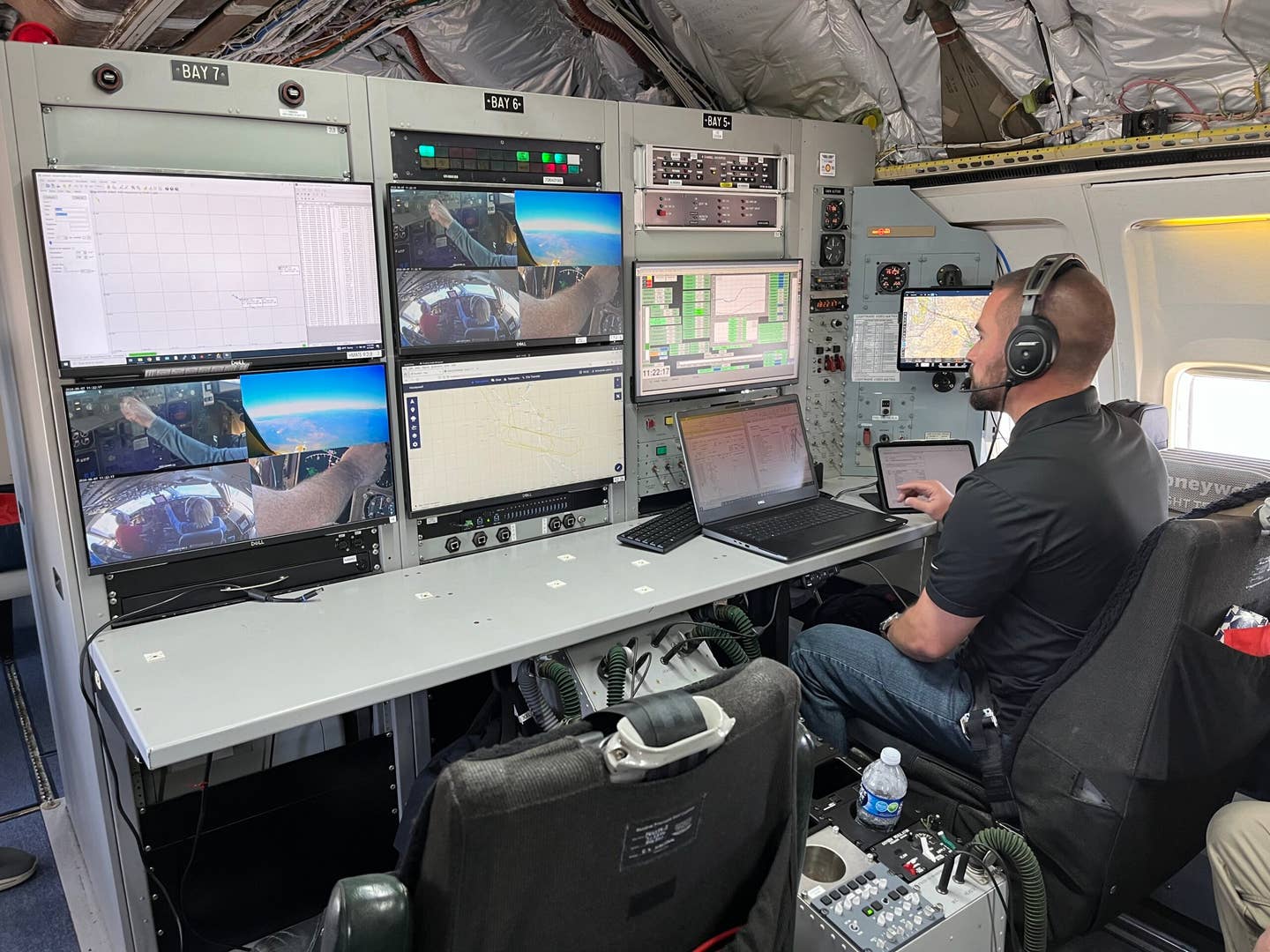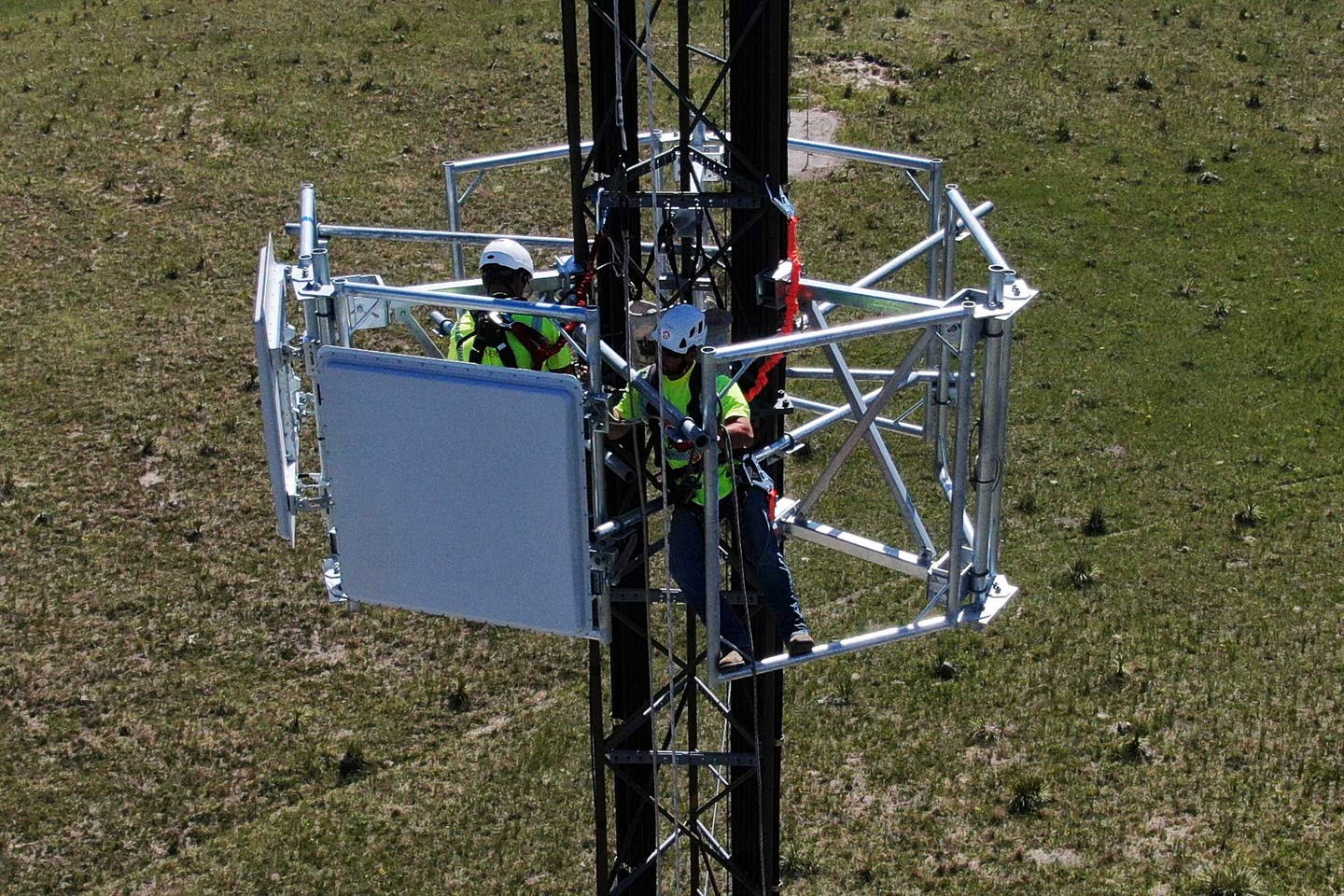
Members of the aviation industry have expressed concern that 5G may interfere with radio altimeters of aircraft on approach to certain airports. [Credit: Adobe Stock]
Gogo Business Aviation has recently hit several key milestones as it continues to develop its 5G air-to-ground (ATG) network and onboard equipment. The addition of two 5G antennas on a ground tower allowed Gogo’s engineers to complete flight testing of its 5G belly-mounted antennas and 5G air card prototypes to validate their performance.
The Gogo 5G network is being designed for aircraft operating within the contiguous United States. Gogo, which has 349 patents in its portfolio, expects the nationwide 5G network to be available in the second half of 2022.
“Gogo 5G will be the fourth ATG nationwide network Gogo has designed and built,” said Dave Glenn, senior vice president of customer operations for Gogo. “Deploying this first ground site antenna and leveraging our unparalleled ATG experience over 28 years will enable us to validate our design for a smooth product and service launch.”
The Gogo 5G ATG tests successfully validated what the company modeled when they initially announced the building of a 5G network. “Through the testing we’ve done so far, we now know that Gogo 5G is going to be better than we originally thought it would be,” said Mike Syverson, senior vice president of engineering for Gogo.
In testing, Gogo successfully performed an end-to-end call using a 5G SIM card, from the onboard equipment to the cell site, through the data center to the internet, and back. “What we’ve done is confirm that our systems can talk to one another,” Syverson continued. “The antennas can talk to the cell site, which in turn can talk to the data center. There is a lot of software development to put those pieces together, and it’s all working very well.”
Gogo said that as of March 31, 2021, there were 5,892 aircraft flying with its Avance L5 and L3 ATG systems onboard, and 4,614 aircraft with satellite connectivity installed. Combined, the two systems have flown nearly 600,000 flights, and have consumed 262.61 terabytes of data since the first Avance L5 installation in October 2017.

Subscribe to Our Newsletter
Get the latest FLYING stories delivered directly to your inbox

